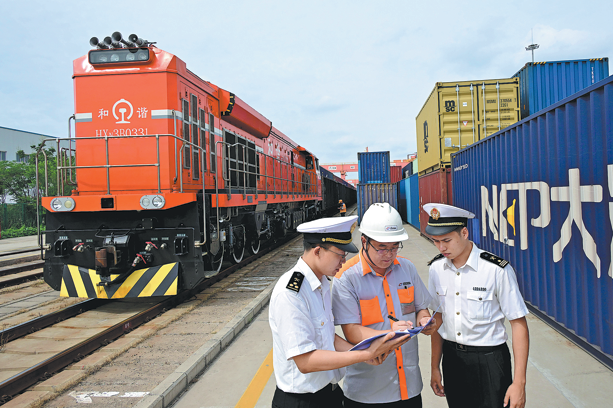The joy (and pain) of renewable energy

Chinese companies must look beyond equipment manufacturing and exports for future growth
Renewable energy, wind and solar power in particular, has become another of those industry issues that cause excitement and anguish in interactions between China and the rest of the world.
Excitement can be seen in the continuation of government policy support for equipment manufacturing and deployment in China. In August, China announced a national feed-in-tariff for solar PV. Similar policy schemes in Germany and Italy saw the solar market in those countries clock growth rates of 95 percent and 194 percent respectively.
China's feed-in-tariff scheme for wind power has already led to a doubling of the production every year after the scheme was implemented five years ago. The sky, which offers limitless supply of wind and sun, looks closer in reach.
Pledges for cooperation in renewable energy industry have become a standard item in diplomatic communiqus between China and virtually all major governments. Since China excels in faster and more affordable equipment manufacturing, a rationale of collective welfare in further expansion of the renewable energy industry chain is at work.
Anguish breaks out when China's exports of wind and solar equipment run into anti-dumping and/or anti-subsidy customs tariffs in the United States and the European Union.
The World Trade Organization dispute resolution framework is in place for handling such disputes. But affected industries on both sides often talk of material injury even as they strive to improve efficiency in production and out-compete each other. In an aggregate sense, such disputes are conducive to improvements in quality and services.
The everyday world is more reticent about accepting a similar academic assessment. Few societies are as self-conscious as the Chinese one is about foreign commentaries on its behavior and motives. American and European media and politicians' words of alarm and accusations of ill intent are frequently taken to be representative of a hostile external environment. A typical resultant claim is that wind and solar industry has entered a stage of oversupply in China.
But that is erroneous.
"In-sourcing" has become a new mode of government policy support for manufacturing in the United States and Europe. With distress in "financial engineering" a continuing reality to deal with, Chinese industry operators and observers have fewer choices than coping with temporary job protection measures in those countries.
The way the Japanese automobile industry handled similar disputes with the US and Europe offers a valuable lesson for Chinese companies. Moving manufacturing facilities into those importing societies proved to work on two fronts: reduction in trade disputes and improving global competitiveness of the Japanese companies themselves.
A few Chinese renewable energy equipment makers have already set foot in the US and Europe. This is a necessary movement in the right direction. For the trickle to grow, US and European companies in similar lines of industry have an opportunity to foster cross-national integration.
Yes, there will be more negative media and political commentary. But the cause is right.
Price parity with conventional (coal, that is) sources of primary energy continues to be a formidable obstacle.
A frequent point of reference is the public's willingness and capacity to contribute a larger share of their income. But recent moves on raising end user price of water - another daily essential item of consumption - indicate that public acceptance is more amenable than expected.
As such, renewable energy industries operating in China have good reason to cast their eyes wider than equipment manufacturing and its international trade.
For example, China's vast rural and mountainous areas offer ready and enormous business opportunities for solar power and heating equipment to find markets. The general trend of rural residents aging implies less manpower to secure wood-based energy. Coal is a costly option, financially and environmentally.
So far, government work in this area is still largely limited to poverty reduction and demonstration projects. Industries can fill the gap by commercializing solar energy use.
Since reduction of use in firewood, crop residues and animal waste contribute to meaningful reduction of pollution that migrates into urban centers, government at all levels can be more easily persuaded to aid such industry efforts.
Rhetoric of a "surplus" in China's wind and solar industries is misplaced, reflecting impatience on the part of investors for speedy returns. Industry and government have a new opportunity to collaborate and speed up their deployment at home.
The author is a professor of international political economy, Peking University.
(China Daily 02/24/2012 page7)
Today's Top News
- Nation's euro bond sale shows investors' confidence
- No soft landing for Tokyo's hard line
- Commerce minister urges US to increase areas of cooperation
- Strong demand for China's sovereign bonds signals global confidence
- Ministry urges Japan to 'maintain self-respect'
- Forge closer ties with Zambia, says Li






























